June Drop Information: What Causes June Fruit Drop
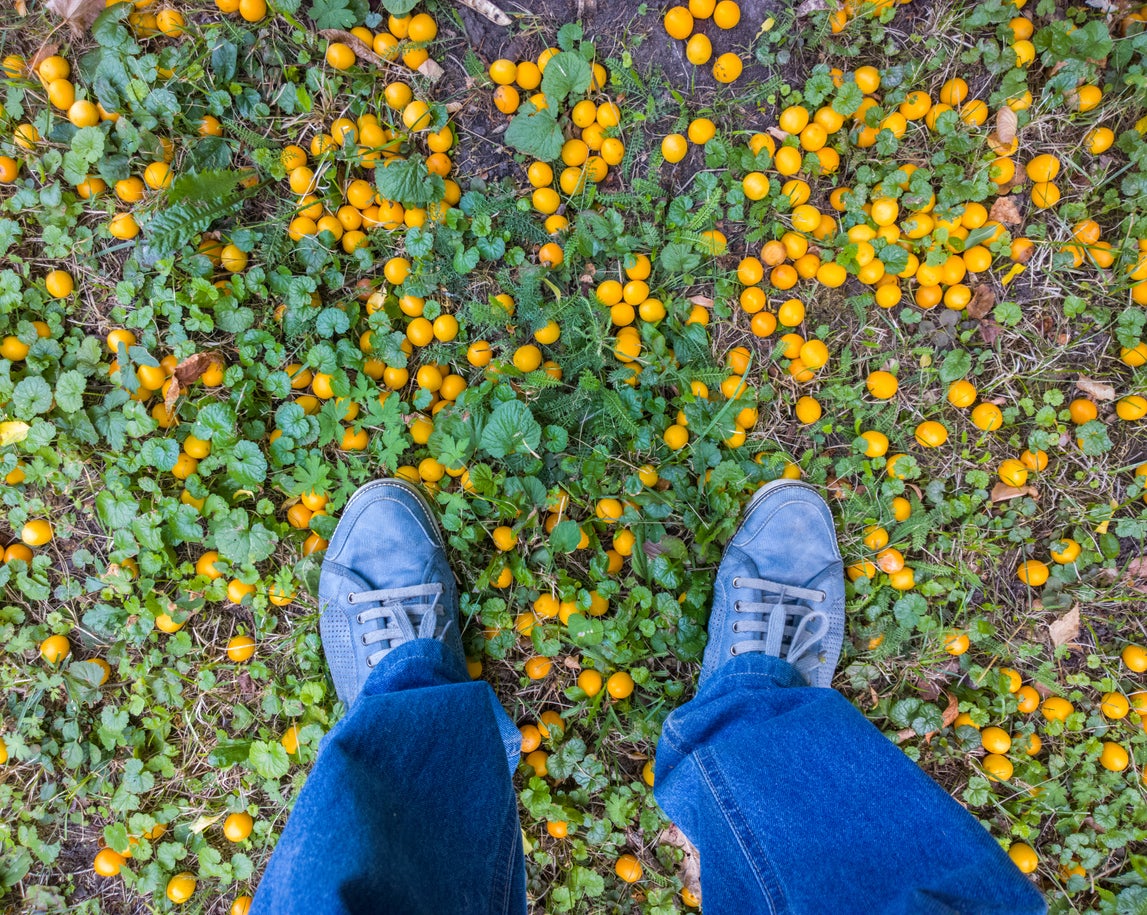

If you are just getting started with a home orchard, you may be very upset to see miniature apples, plums, or other fruits scattered beneath your healthy trees in May and June. This is actually a common phenomenon called June fruit drop. What is June drop? What causes it? A combination of factors results in your fruit falling off trees in June. Read on for more June drop information.
What is June Drop?
June drop on fruit trees refers to the tendency of different types of fruit trees to drop immature fruit in springtime, usually around May or June. Although this is sometimes called May drop, it is usually known as June fruit drop.
The primary (and usually only) symptom of June fruit drop is small, immature fruit falling off trees. This can happen in apple and citrus trees and also in stone fruit like plums. The causes can be anything from Mother Nature at work to improper pollination.
June Drop Information
Fruit trees have many more flowers in springtime than mature fruit during harvest. In fact, if 100 percent of the blossoms on an apple tree turned into big, ripe apples, it would likely break all of the tree’s branches with the weight.
This is one of the reasons gardeners thin out fruit. It is a process of reducing the clusters of small, immature fruit in order to give the healthiest fruit room to grow and mature. According to experts, only one in ten apple tree blossoms should be permitted to turn into fruit.
Mother Nature does this thinning process also, just in case you forget. Some part of June drop on fruit trees is just that: nature’s way of thinning out the fruit to give the remaining fruit room to grow. That is a good thing and helps make sure that your fruit can mature into full-size, juicy fruit.
Pollination and June Fruit Drop
One other possible cause of June fruit drop is poor or inadequate pollination. Pollination is necessary for fruit to set, and this involves the transfer of pollen from one blossom to another.
Gardening tips, videos, info and more delivered right to your inbox!
Sign up for the Gardening Know How newsletter today and receive a free copy of our e-book "How to Grow Delicious Tomatoes".
If your tree is self-fertile, the pollen transfer can be between blossoms on the one tree. However, many cultivars require another tree of a compatible species for pollination. In either case, you can assist pollination by planting a different compatible species tree within shouting distance of your tree.
Another possible reason for inadequate pollination is too little insect activity. Many fruit trees rely on insects, like bees, to carry pollen from one flower to the next. If there aren’t any insects around, there is little pollination.
You need to actively encourage these beneficial insects into your garden and orchard. You can do this by planting nectar-rich wildflowers that naturally attract bees and other insects. You should also stop using pesticides that kill helpful insects as well as insect pests.

Teo Spengler is a master gardener and a docent at the San Francisco Botanical Garden, where she hosts public tours. She has studied horticulture and written about nature, trees, plants, and gardening for more than two decades. Her extended family includes some 30 houseplants and hundreds of outdoor plants, including 250 trees, which are her main passion. Spengler currently splits her life between San Francisco and the French Basque Country, though she was raised in Alaska, giving her experience of gardening in a range of climates.
-
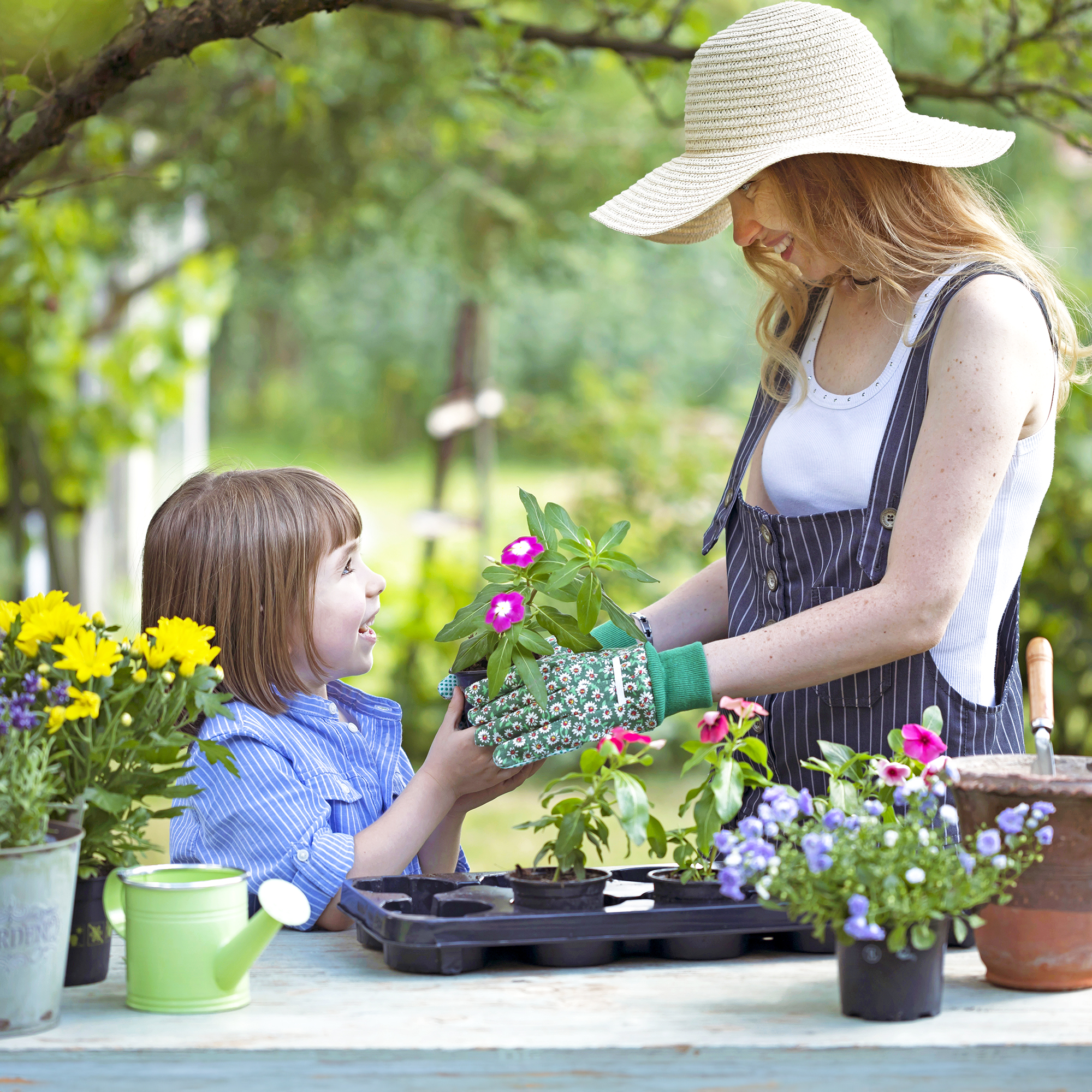 12 Mother’s Day Garden Gifts That Celebrate Moms Who Love To Grow
12 Mother’s Day Garden Gifts That Celebrate Moms Who Love To GrowAll Moms deserve to feel special on Mother’s Day, so treat her to a thoughtful gardening gift that helps her get the most out of her hobby.
By Melanie Griffiths
-
 Never Plant Seedlings Until They Pass These 3 Simple Tests
Never Plant Seedlings Until They Pass These 3 Simple TestsDon't be over-eager to transplant seedlings into the garden before they are ready. These quick and easy checks will help ensure flourishing plants.
By Mary Ellen Ellis
-
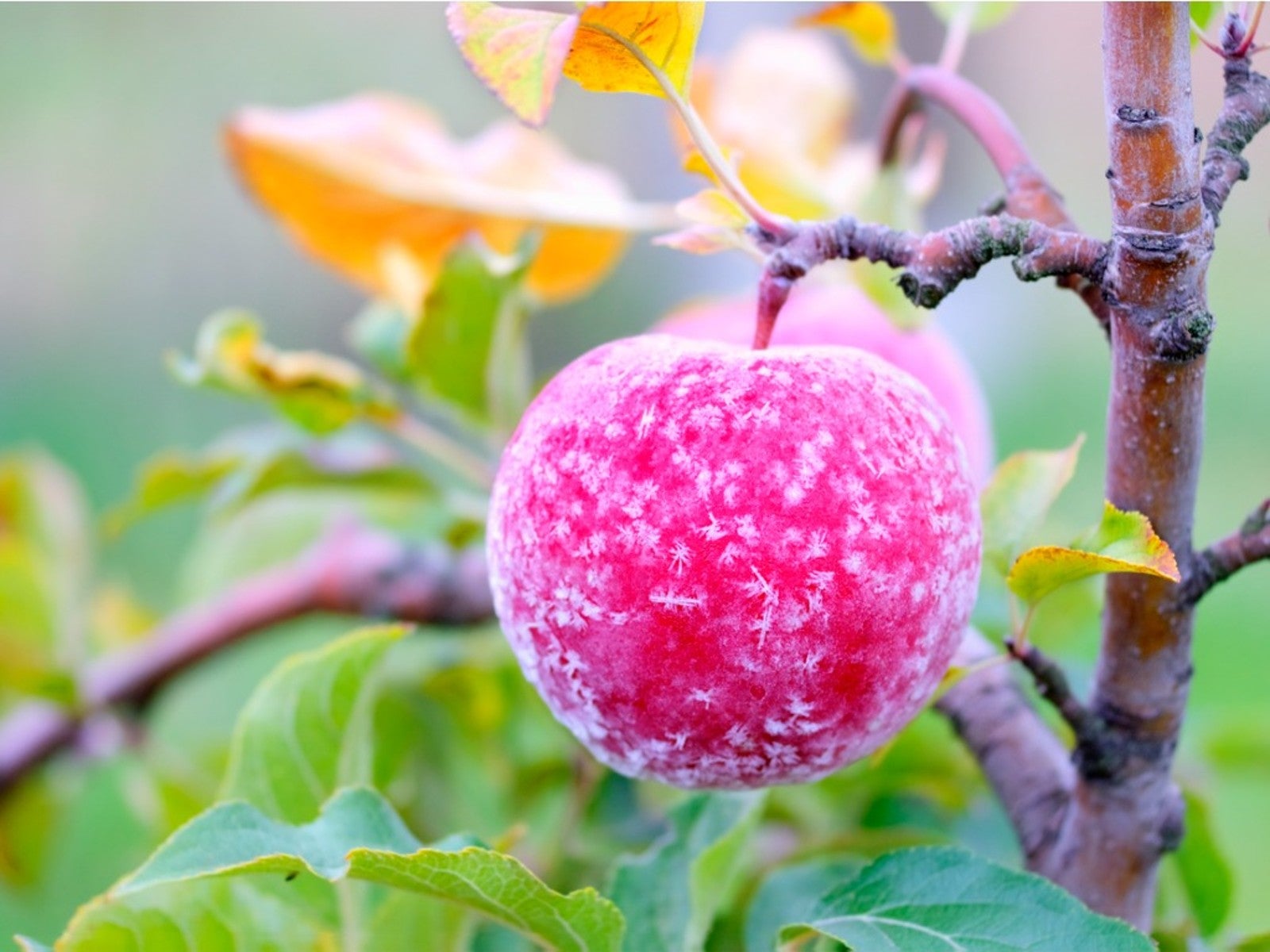 How To Protect Fruit Trees From Frost And Freeze
How To Protect Fruit Trees From Frost And FreezeChoosing fruit trees appropriate for your growing zone is best, but you still may need to protect them from extreme cold. Read how.
By Bonnie L. Grant
-
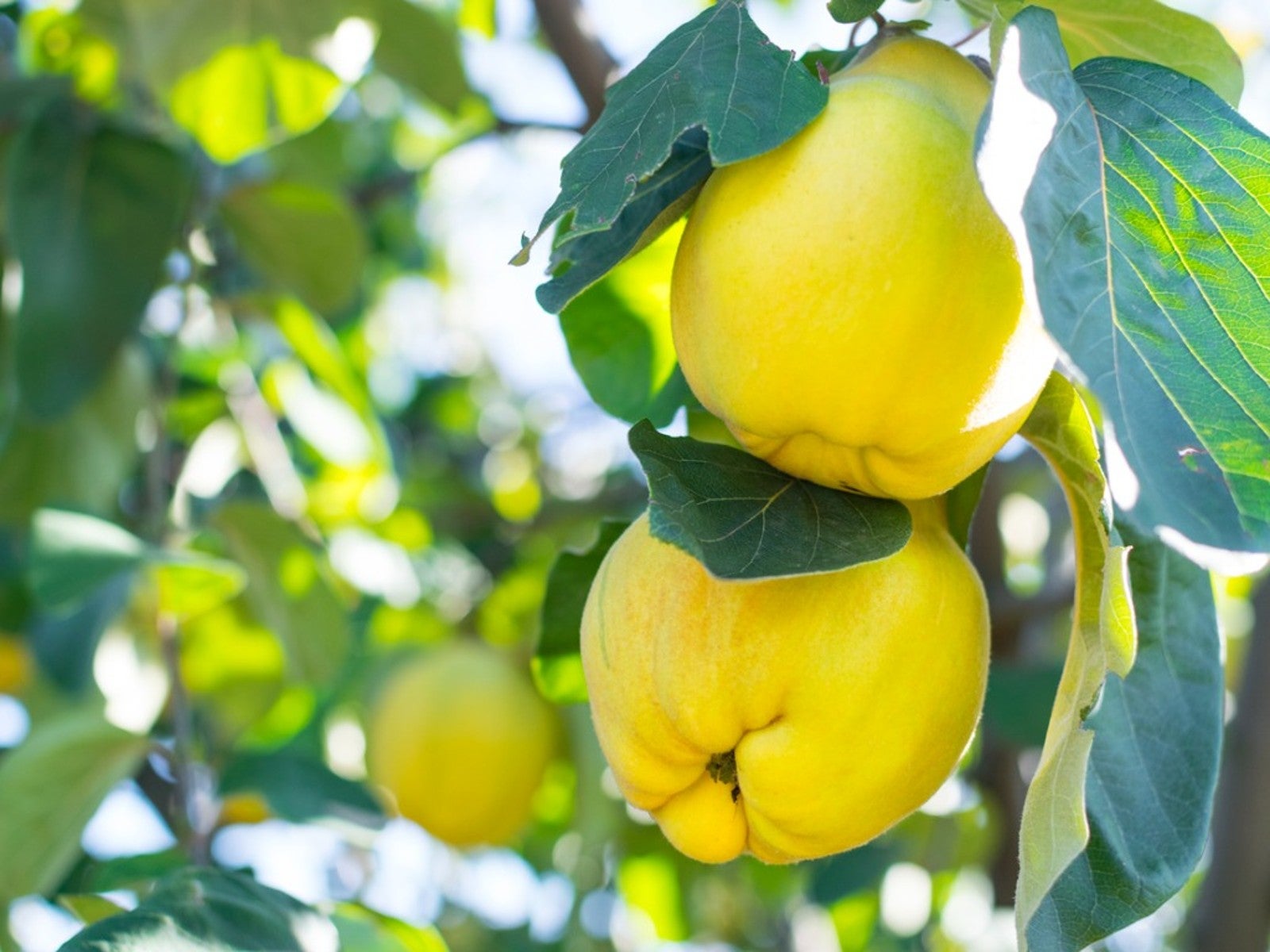 Best Plants For Late Summer and Fall Fruit Harvest
Best Plants For Late Summer and Fall Fruit HarvestEven if you don’t have the optimal conditions for more common fruit trees, there are other end of summer fruits to enjoy.
By Teo Spengler
-
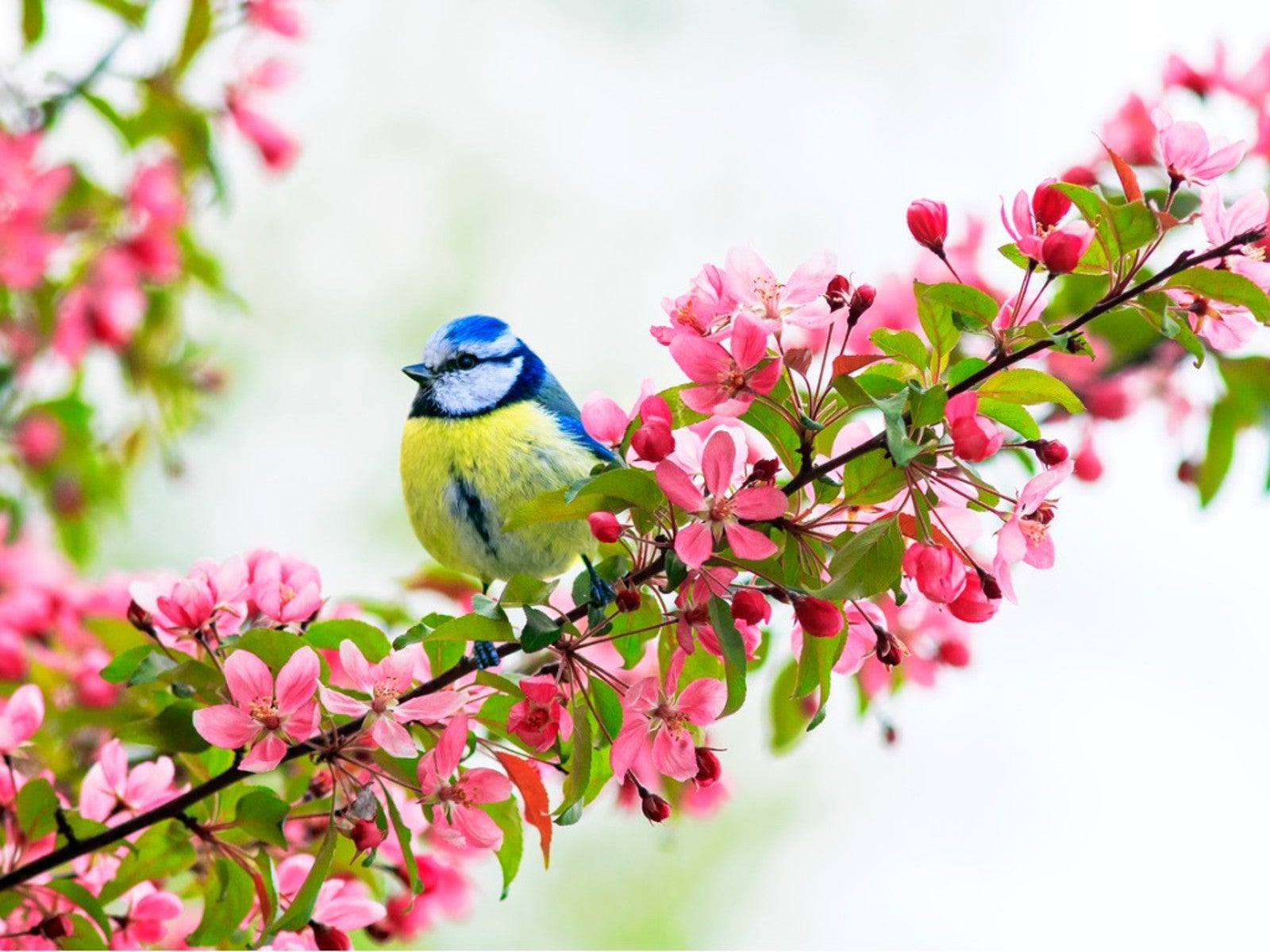 Best Native Fruit Trees To Support Wildlife
Best Native Fruit Trees To Support WildlifeIf you want trees that will attract and feed wildlife, learn the best kinds of edible fruit and nut trees to plant for inviting specific creatures.
By Teo Spengler
-
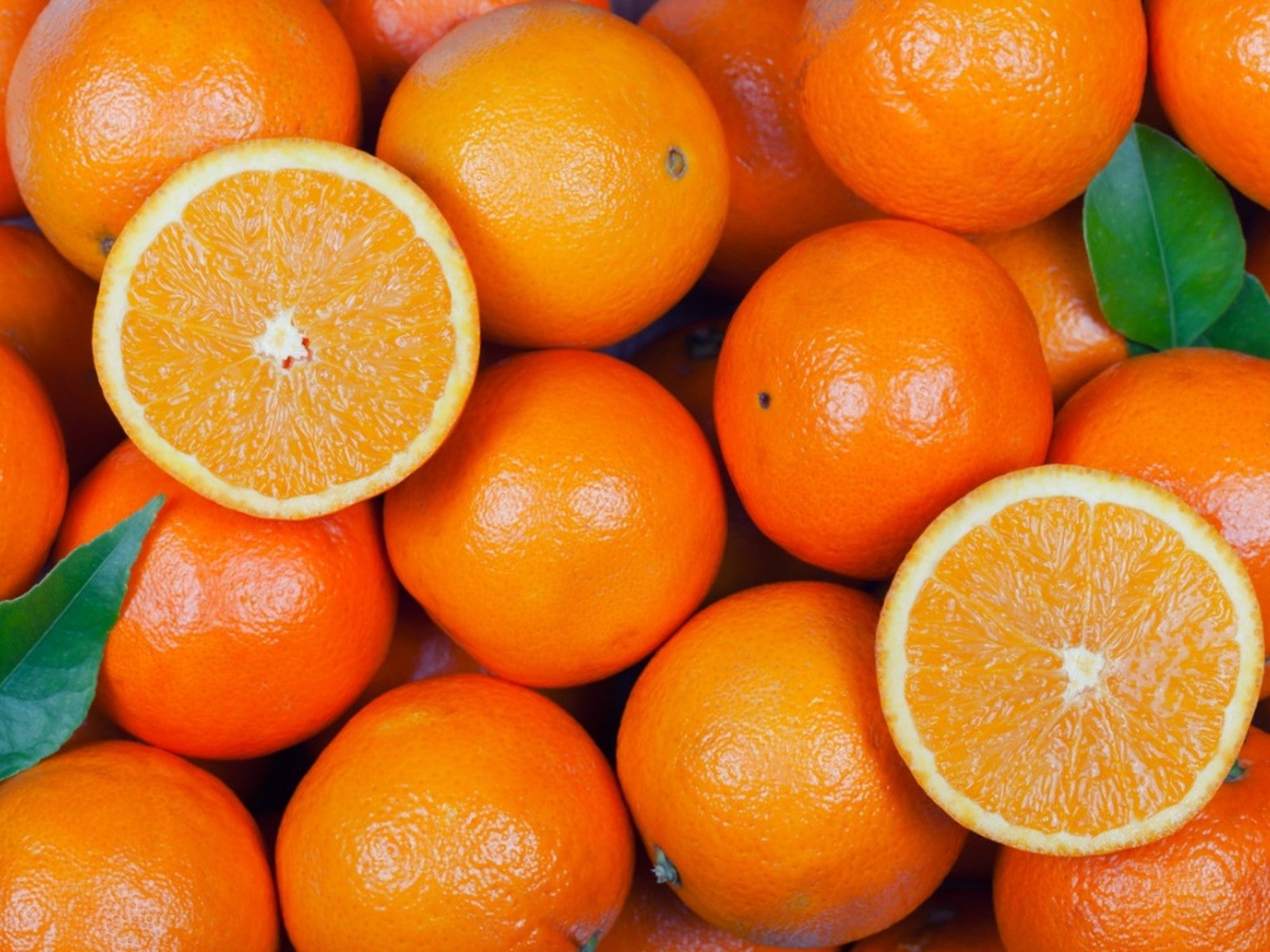 Orange Fruit Varieties: Growing Fruits That Are Orange
Orange Fruit Varieties: Growing Fruits That Are OrangeOrange colored fruit isn’t limited to the citrus orange. There are plenty of other orange colored fruit varieties, each packing a healthful punch. Read on for more.
By Amy Grant
-
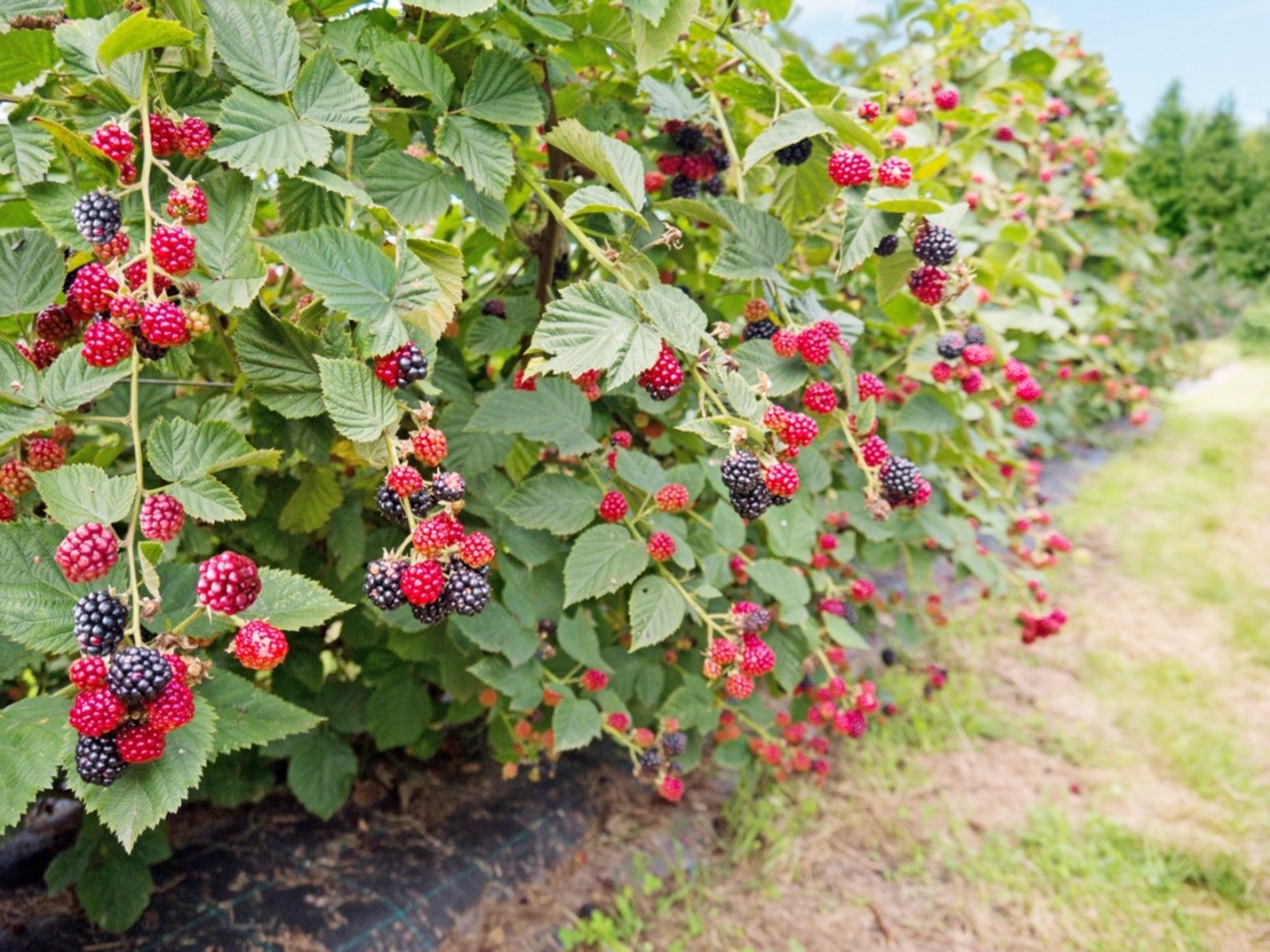 Everbearing Plants: Learn About Everbearing Varieties Of Fruit
Everbearing Plants: Learn About Everbearing Varieties Of FruitWhat does everbearing mean? And more importantly, how do everbearing varieties differ from non-everbearing types? Read on for more.
By Laura Miller
-
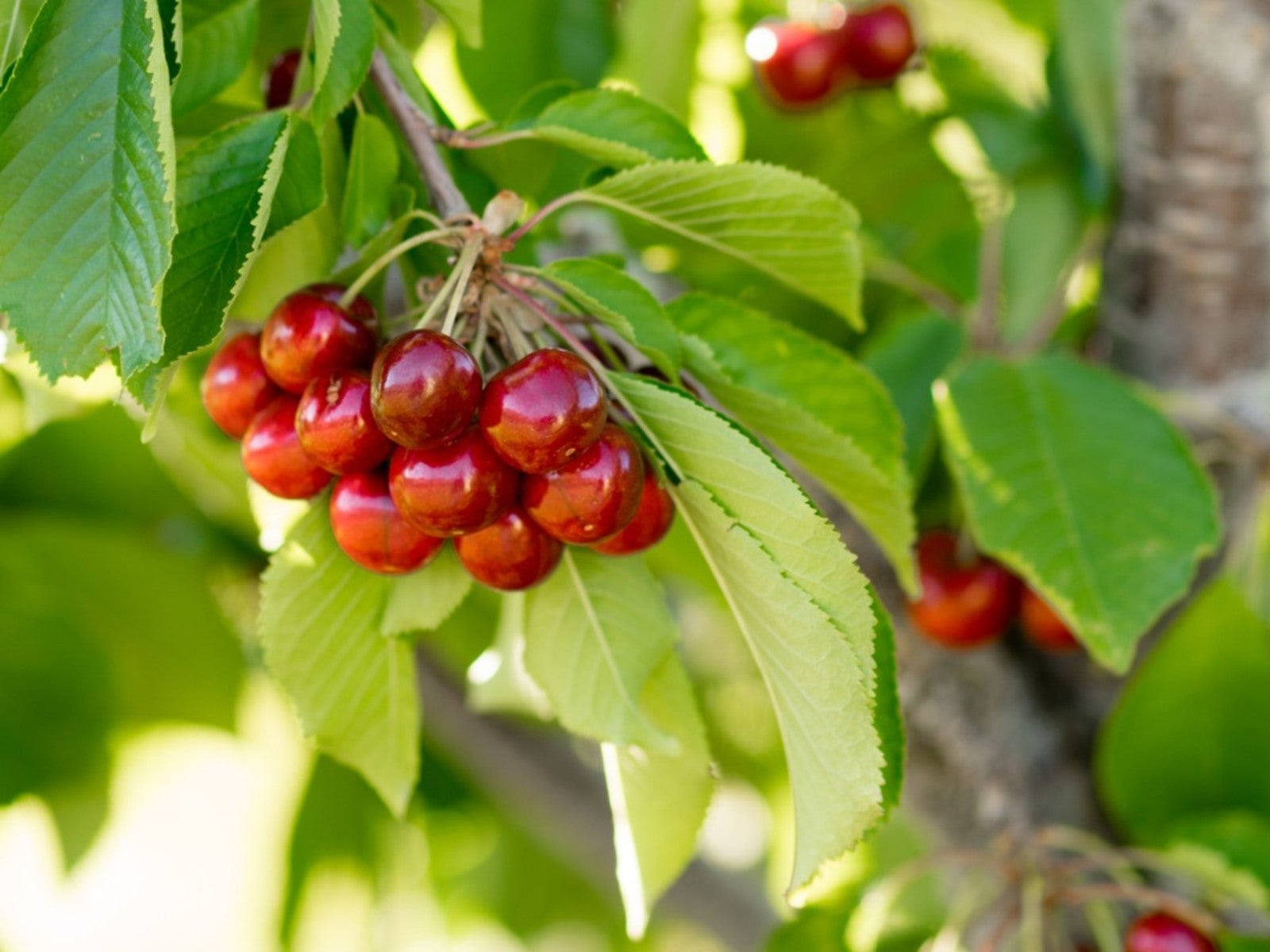 Plant A Red Fruit Garden: Growing Fruits With Red Flesh
Plant A Red Fruit Garden: Growing Fruits With Red FleshPlanting a red fruit garden may seem a bit whimsical. That is, until you realize the health benefits of consuming fruits with red flesh.
By Laura Miller
-
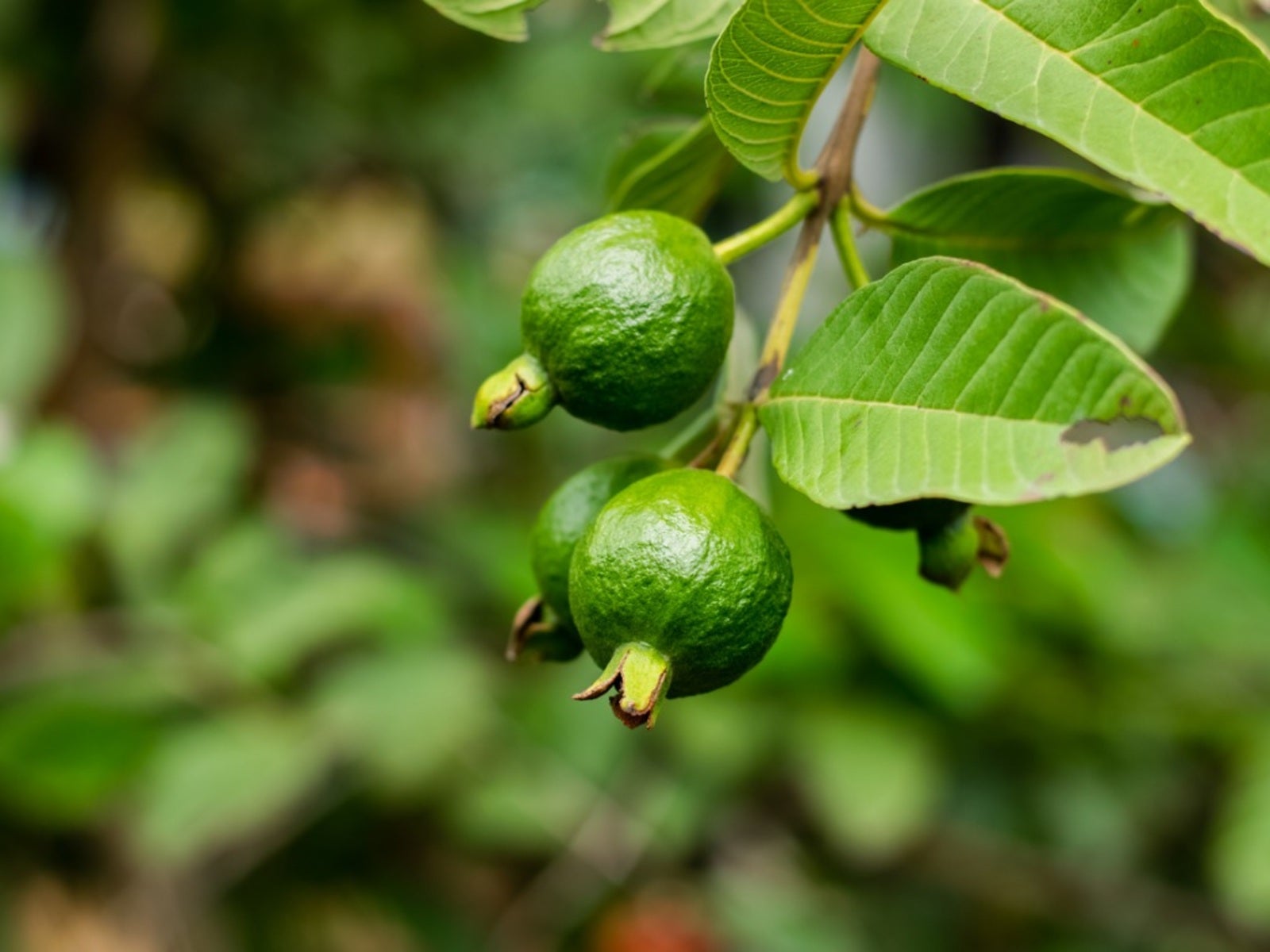 Heat Tolerant Fruits - Growing Fruit In Hot Weather
Heat Tolerant Fruits - Growing Fruit In Hot WeatherSome fruit grows in extreme heat naturally. But there are also specially cultivated, heat-tolerant varieties. For more information on heat tolerant fruits, read on.
By Teo Spengler
-
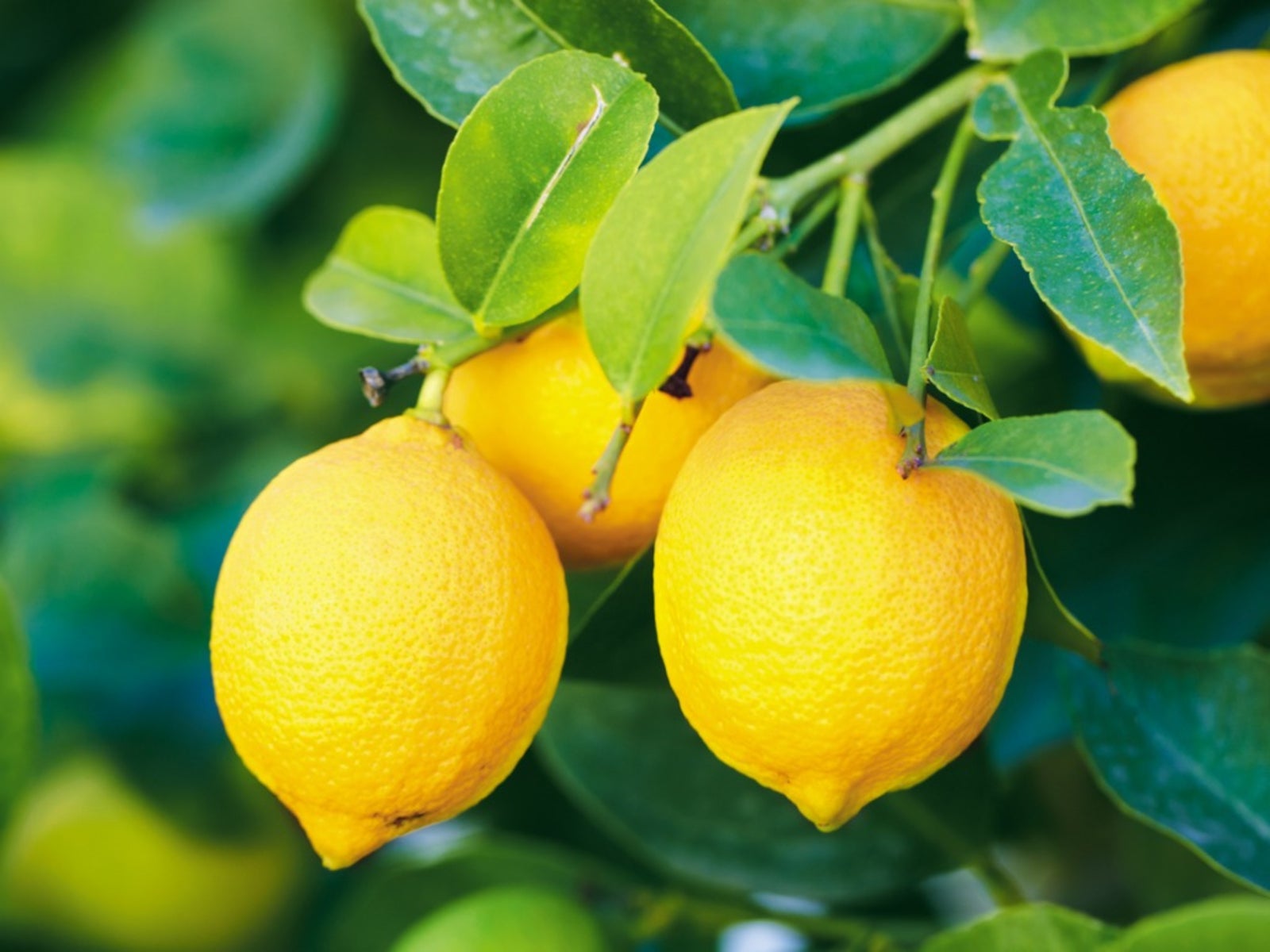 Yellow Fruit Varieties - Growing Fruit That Is Yellow
Yellow Fruit Varieties - Growing Fruit That Is YellowWhat fruit is yellow? There's more than the bananas at the supermarket. Try growing yellow fruit for a consistent supply of sunny food.
By Bonnie L. Grant